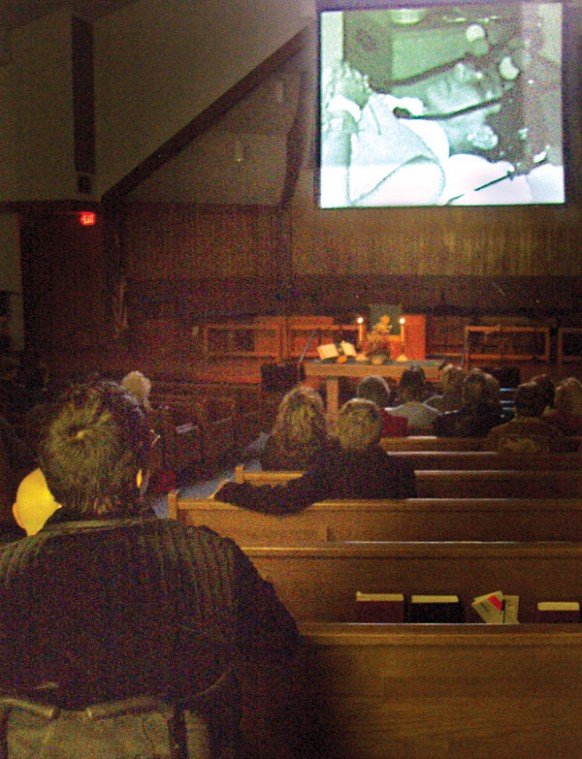Gilroy
– In her dreams, Molly Hale sees herself walking.
On June 24, 1995, while driving home from a martial arts
retreat, her life was altered in a way that she and her family
never imagined.
Gilroy – In her dreams, Molly Hale sees herself walking.
On June 24, 1995, while driving home from a martial arts retreat, her life was altered in a way that she and her family never imagined. With her daughter Kylie (who was 17 at the time) and two friends from out of state in the car, Molly fell asleep while driving down Highway 280. When she awoke, her car was in the process of flipping five times.
“Her headrest was all that kept the rest of the roof from caving in on her,” said her husband Jeremy Hale.
Molly was the only person in the car to suffer severe injuries. While waiting for rescue workers to cut her from the wreckage, Molly hung upside down from her seat belt. What may have seemed like the worst two hours of her life may have been the difference between life and death, as the position kept blood flowing to her brain.
Her neck was broken and after the accident Molly was told that she would not be able to move from the shoulders down. She began researching spinal cord injuries and decided to retrain her body, which would allow her more movement and hopefully someday make it possible to walk.
Inder Perkash, M.D., was one of the first doctors to observe Molly after her accident. He was convinced that some regeneration may be possible. To many doctors surprise, she has recovered full movement in her arms and some in her upper body and can control her bladder.
“I found that I had some information that doctors didn’t have,” she said about undergoing full body massages, which would stimulate blood flow to her muscles and help the use of her limbs. Molly still struggled with the use of her hands and legs and wanted to be able to walk again more than anything.
After the massage therapy, Molly began undergoing water therapy as her second phase of treatment. Prior to her accident Molly was a competitive swimmer so she felt right at home. Two years ago she began doing breathing exercises in the water. She was willing to try anything that might help her walk again.
Today, the water therapy – of which she spends up to 18 hours a week – has helped.
“I have seen amazing responses in the water,” Molly said. She can now stand and move somewhat with parallel bars – all of which she was unable to do before exercising in the water.
“Sometimes it seems like it’s not me, like I’m out of my body walking. It’s thrilling,” Molly said, beaming.
She has also returned to her Aikido classes. Prior to her injuries she had received her black belt and wishes to proceed with her studies. Although she would be able to simply receive an honorary ranking, she wants to earn it.
Molly has triumphed physically, but the emotional injuries were also hard to overcome. Jeremy had a difficult time accepting her condition.
“It was so hard, but I think it happened at the right time in my life; I was able to make the right decision and stay. I realized it was Molly I was looking for, I didn’t want anyone else,” he said about his wife.
After things had settled somewhat in their lives, Molly met a woman named Dorothy Fatherman, who asked if she could make a film about her life and what she had endured.
“The film created another opportunity for me in my life,” said Hale.
“The film was really empowering,” Jeremy said. “It has been so therapeutic for me as a person. I always felt like I was the invisible man, but now people can see what me and Molly have gone through together.”
The film was shown Sunday at the Gilroy Presbyterian Church, where friends and family came to honor the woman, her story and the film.
“I am so proud of her,” said Molly’s mother Ruth Sacco, “I’ve always known she was strong.”
Today Molly plans to make small documentaries about spinal cord injuries which she hopes will help others as well as doing some public speaking.
“This too shall pass,” Molly said. “I look for the smallest incremental changes, and with that I go on.”















